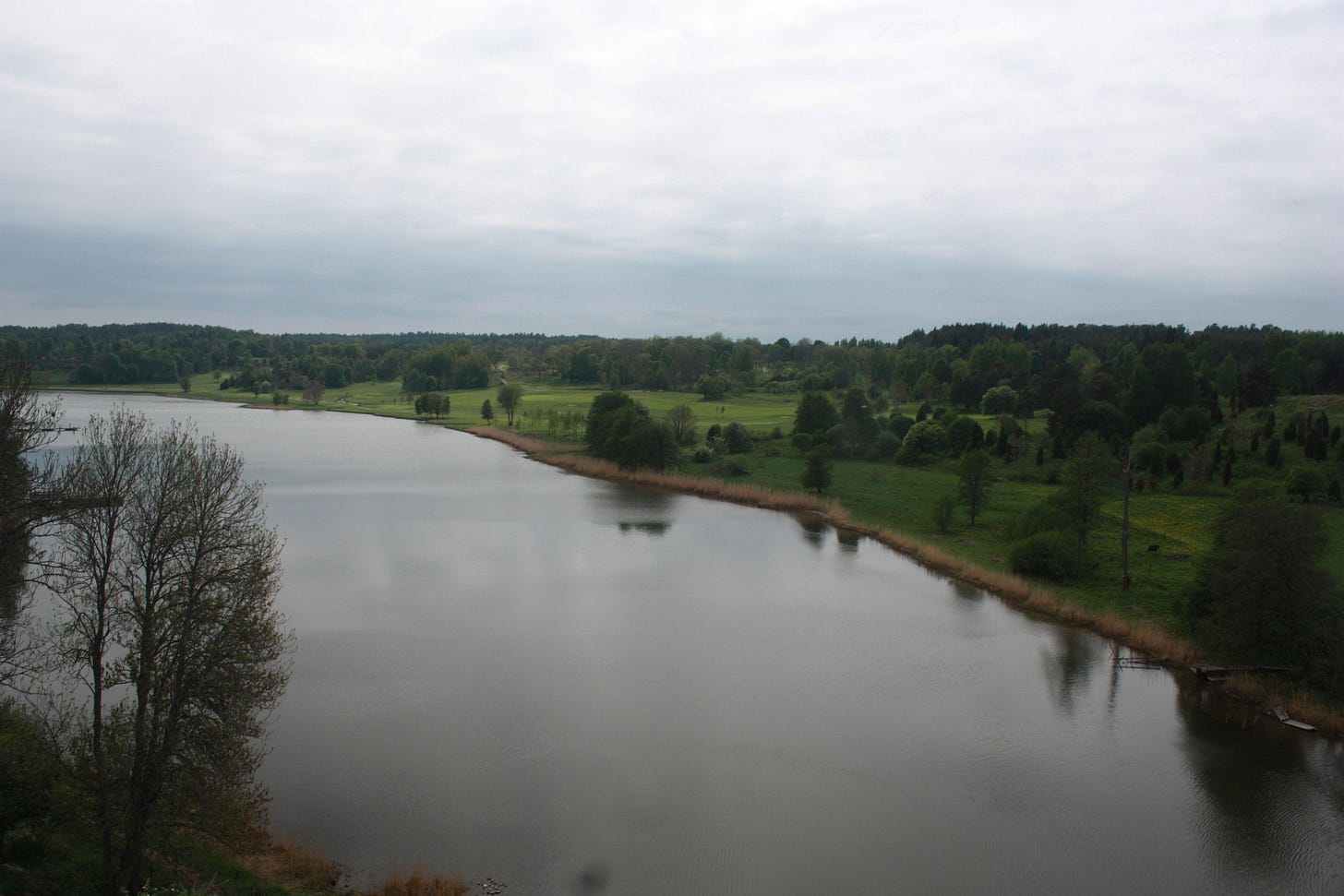Hitchhiking to Åland
How my work on crawling caterpillars took me to a group of islands in the Baltic Sea (3 minute preview, 8 minutes full article)
In one of the flats where I lived, many years ago, the space where I parked my car was underneath a crabapple tree. In spring, the car would be covered with petals. In early autumn, it would be covered with bird droppings and fruit. Then, in late autumn, it would be covered with leaves. It made for a very dirty car.
Some years later, I would think back to that parking space, and it would help me with my work. But to explain why it was helpful – and how it relates to a group of islands in the Baltic sea called the Åland Islands – I’ll need to explain something about one of my previous jobs. When I was first working in biosecurity, I looked at how species such as painted apple moth, white-spotted tussock moth and Asian, or flighted, spongy moth1 had arrived in New Zealand. If you lived in Auckland or Hamilton during the late 1990s or early 2000s, you may remember planes flying over these cities spraying insecticide to eradicate the moths. I wasn’t involved in the eradications, but my work was aimed at preventing more of these moths arriving.
Mostly, when we think about pests and diseases being transported to new areas, we think about them being carried on their hosts – the plants and animals they infest or infect. But painted apple moth, white-spotted tussock moth and Asian spongy moth are different. There are host plants that they feed on, but this isn’t how they reach new areas. These moths are all carried on what those who work in biosecurity call inanimate cargo, things which were not alive and not made from biological materials (in a few cases, they might have been part of a living thing once, but have been highly processed, such as paper).
Many kinds of inanimate cargo can carry pests. Terracotta bricks and tiles, wallpaper, vehicles, glass, metal vats, machinery, even occasionally items such as television sets. Not only that, the containers which carry the cargo can contain pests as well, on both the inside and the outside.
In New Zealand, we called these kinds of pests hitchhikers (although other countries use other names). It isn’t only moths like painted apple moth which can be hitchhikers. In the mid-1990s, I lived in a flat in Mt Eden, Auckland, infested with Argentine ants, also a hitchhiker species. Another ant, the viciously-stinging red imported fire ant, also arrived in New Zealand this way, but it was detected in time to be eradicated. And when the brown marmorated stink bug gets into New Zealand, it will have come as a hitchhiker on inanimate cargo. (You might notice I said when, not if. Biosecurity staff have done fantastic work to stop it from establishing so far, but it’s very unlikely that they will be able to keep it out forever.)
Back when I was looking at these moths, the general view was that hitchhiker pests were random. As a result, there was also a view that not much could be done to stop them. My work, along with that of one of my colleagues Sandy Toy, helped to show that it wasn’t random, but related to two specific factors. The first was the life cycle of the pest – hitchhiker species all had recognisable features of their life cycle which made them likely to be carried by inanimate cargo. In the case of painted apple moth, it was that mature caterpillars crawled off their host plants and looked for a sheltered spot on a tree trunk or rock where they could form their cocoons. If there happened to be a sea container, or pallet of bricks, or some other object which had a suitable spot, they would be as happy with that as with a tree or rock. The second factor related to the cargo. It wasn’t what the cargo was, but where and how it was used and stored in the days, weeks and even months prior to export which was important.






